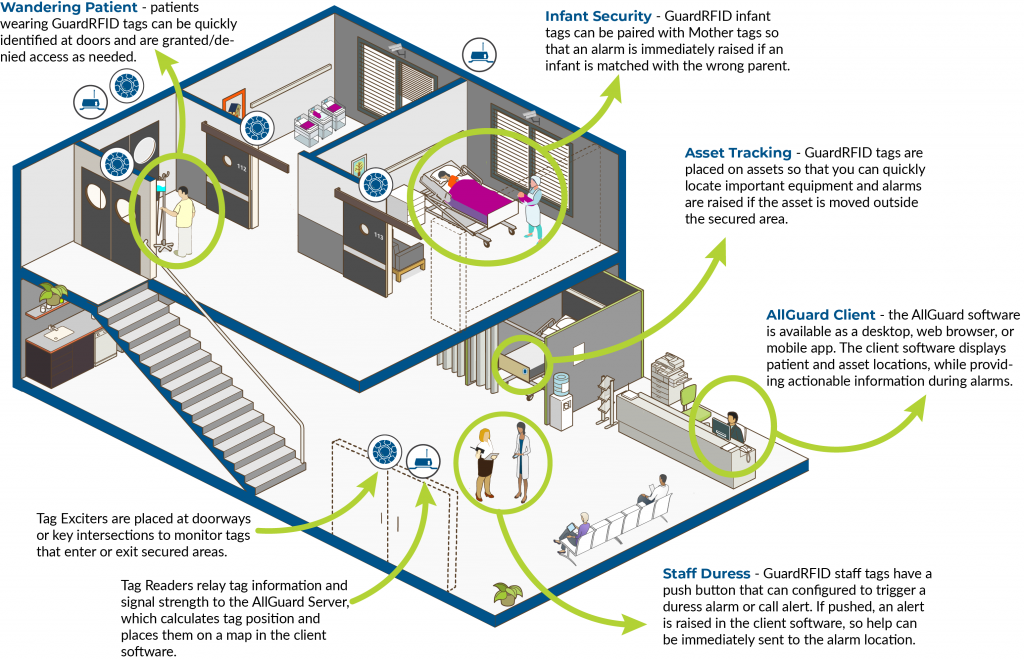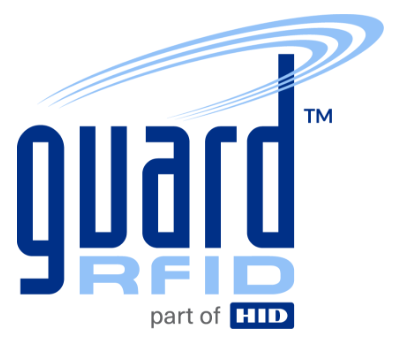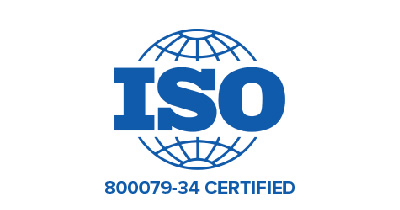Technology that offers real-time location data for both people and assets is of considerable value to any healthcare organization. Radio frequency identification (RFID) technology provides healthcare professionals with identification, communication, monitoring and traceability data for equipment, staff and, most importantly, patients.
Here’s a look at some of those tangible and intangible benefits when it comes to adopting RFID technology in your healthcare organization.

Patient health and safety is the number one priority for healthcare organizations, and active RFID tags can make a real difference. From infants to seniors, patients can be tracked with Real-Time Location Systems (RTLS), such as a small and wearable tag, to locate patients and monitor movement.
Thankfully they are rare occurrences; however, infant abductions do happen. In a study by the National Centre for Missing and Exploited Children, 140 children were abducted from healthcare facilities in the U.S. between 1964 and 2019. For a hospital’s youngest patients, lightweight RTLS tags are attached to prevent infant abduction and ensure mother-baby mismatches don’t occur. The intangible benefits of assigning RTLS to children are that it supports movement within a hospital environment while providing adequate security and the prevention of potential baby mismatches.
Similarly, senior patients, or those with cognitive challenges, are protected from wandering within a facility and from elopement offsite by an RTLS device. When connected through a software dashboard, caregivers gain real visibility as to their patients’ locations. Again, a reliable tracking system grants a positive sense of freedom and agency for adult patients, which reduces stress and increases mobility. While patient safety is the most obvious benefit of RFID technology, it also frees staff to focus on delivering care to patients, instead of spending time searching for them.
Security for staff and the facility
Healthcare staff are faced with a high likelihood of injury from combative patients. In a critical incident, caregivers can instantly call for help with an RFID device that has two-way communication, and then receive confirmation that assistance is on its way. Knowing that help is close at hand gives peace of mind to healthcare staff when presented with difficult situations.
At the same time as allowing a measure of freedom to patients, an RFID tag can also prevent non-authorized personnel from accessing restricted areas. Limiting access to off-limits rooms to authorized staff adds a level of security that prevents potential theft or damage.
Accurate equipment tracking
When high-value items go missing or are misplaced, it’s a significant cost to a healthcare organization. Further, when a vital piece of hospital equipment is needed and can’t be found – anything from gurneys to crash carts to wheelchairs to forceps – valuable staff time is squandered in searching for the item. It’s these inefficient processes in healthcare environments that exact the price of time, which ultimately results in less time spent delivering patient care.
If all equipment was assigned an RFID tag, hospitals would not only prevent loss of assets, but save time in searching for misplaced items. In a study using RFID technology published in the Online Journal of Nursing Infomatics, the incidence of instrument loss was reduced from 0.146% to 0.089%.
Being able to track equipment usage using RFID tags is beneficial too. Due to high rates of misplaced equipment, healthcare facilities will typically buy more than is necessary. On the other hand, healthcare staff are able to more easily and correctly identify when new equipment is needed. Having accurate data brings greater efficiencies to stocking hospital supply rooms.
The tangible benefits to RFID technology in the healthcare sector are clear. Patients and staff are safer, and equipment is less likely to be lost, stolen or misplaced. However, it is the intangibles of saved time and the concurrent efficiencies that have an impact too, not only in reducing the cost of wasted human resources, but in increasing the amount of time caregivers have to spend with their patients.
All-in-one solution for facility wide protection and tracking
Since 2007, hospitals worldwide have trusted the security of their most vulnerable patients — newborn babies — to GuardRFID’s TotGuard Infant Security Solution.
The same robust and reliable real-time location and tracking system can be deployed across your facility to track and protect your patients, staff, and assets without the need to install new infrastructure or software.
Thanks to the interplay between our infrastructure, software, and tags, different combinations of security and levels of deployment are easy to set up. By simply adding tags to assets like portable medical equipment, for example, you can expand your visibility from newborn babies and staff to the equipment used to provide the best patient care.
Talk to us today about expanding your system. Contact GuardRFID.


